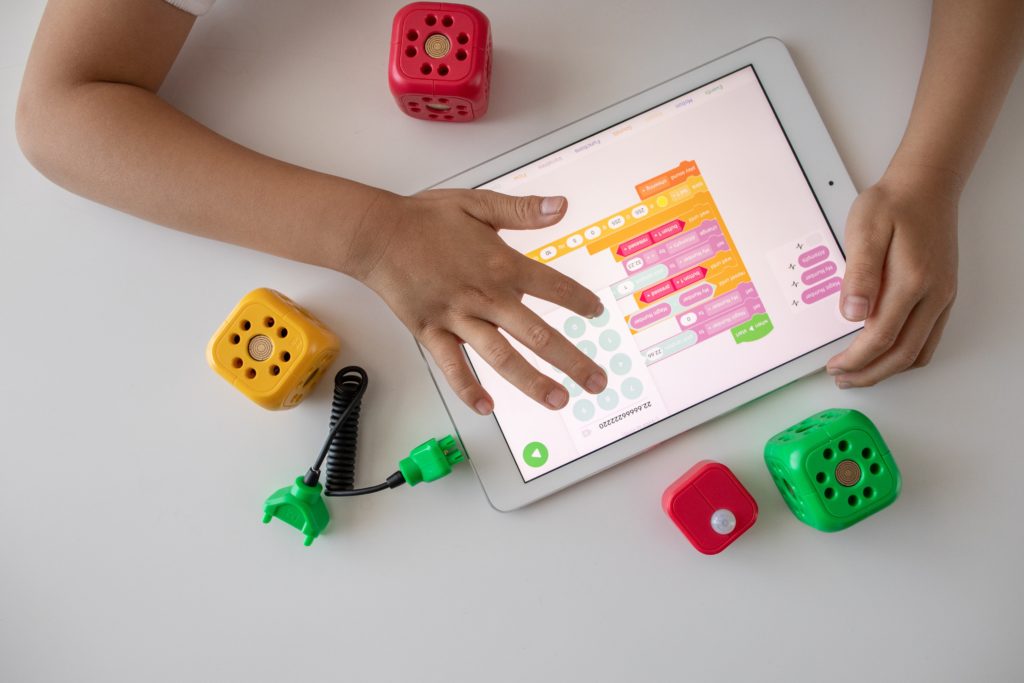Back-to-school routines don’t just mean earlier bedtimes and more homework. It is also a good time for parents to review your child’s device and internet settings to ensure she is protected across screens. Protecting your children requires a multi-layered strategy and on-going updates to keep up with how quickly technology evolves (and how much smarter our children get at hiding things from us…) and with how much time they spend online.
In 2019, the average American child between the ages of 8 to 12-years old spent over 4 hours daily on screen media. Though, as FTC experts note, “parental controls (can) work well for young children, teens who’ve been online for years probably won’t have much trouble working around them or finding other computers to use.” Even still, reviewing your controls, as well as regularly talking with your children about cyber safe behavior, is the best defense in the wild, wild web. Here are some ways to get back-to-school ready with your parental controls.

Check your device settings for time limits and content restrictions
Both Apple and Google have given parents the ability to controls certain aspects of behavior on their devices. Each do provide different ways to block or limit specific apps and features on your child’s device. For example, through Apple’s Screen Time, you can restrict access settings on your iPhone, iPad, or iPod touch for explicit content, purchases and downloads and privacy. Google’s Family Link also allows you to manage apps, keep an eye on screen time, and help set digital ground rules for your family. While these settings are a start, the tech giants are notoriously lax on protections for children. Use device settings as a starting point.
Protect them with your Wi-Fi router settings
Routers now have apps that allow you to set up time limits for children and help you manage what sites and information they have access to on the Internet. Xfinity, Spectrum and most large internet service providers have apps that allow for parental monitoring of TV and internet activity. Many allow you to block content, filter ratings and see user statistics at a glance. I use my Linksys router app to kick the kids off the internet entirely if they turn into zombies while playing Roblox. I also use mine to set time limits that turn off the internet at a set time nightly without effort.

Consider a monitoring software
NetNanny, Disney’s Circle and Qustodio are popular monitoring software options that provide even more protection with their different features (and price points). PC Magazine provides a full review of these products, so you can choose the right one for your family. These sites can filter websites, set time limits, block apps, get reports, and teach your children to build positive internet habits. Even with monitoring software, doctors and experts recommend keeping all devices out of kids’ bedrooms at night to help reduce temptation and boost sleep.
Have regular “tech talks” with your children
The internet is the pathway to social connection, school work and playdates for youth. Along with it, the potential for mental health problems, bullying and addictive behaviors. Above all else, having frequent and short conversation with your children about their choices online is the best way to protect them. Common Sense Media provides great advice and resources to educate and empower both parents and youth around digital safety. In an interview I did with the company, it was suggested that 1000, 1-minute conversations (frequent and short conversation) is the best way to approach talking about how to engage online. Talking, blocking and screening – all in combination – is the most effective strategy to protect kids in the digital world.
How to have 1,000 little conversation with your kids on internet safety